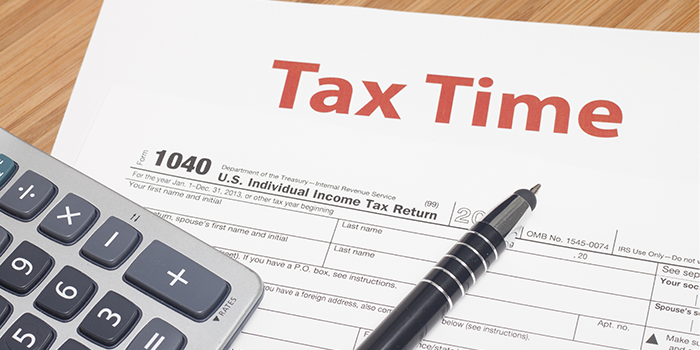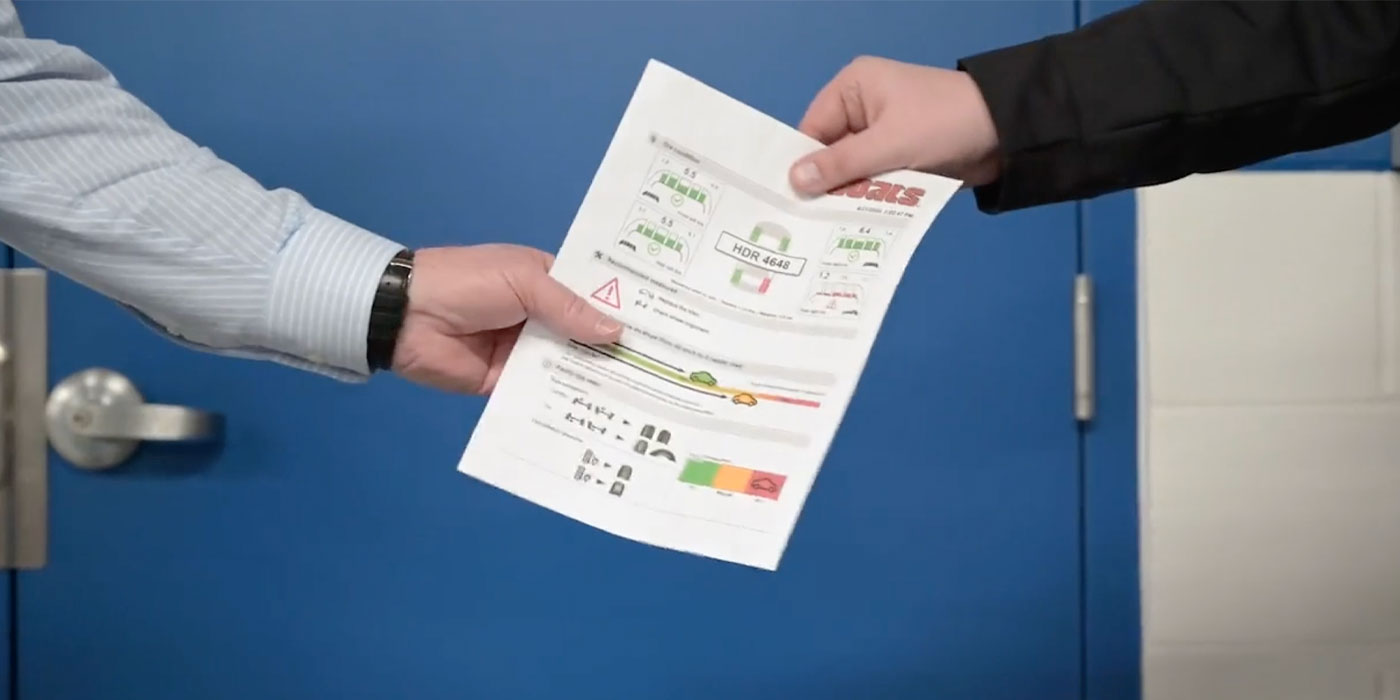If you’ve been procrastinating when it comes to preparing and filing your tax return this year you might be considering filing an extension. While obtaining a 6-month extension to file is relatively easy–and there are legitimate reasons for doing so–there are also some downsides. If you need more time to file your tax return this year, here’s what you need to know about filing an extension.
What is an Extension?
An extension of time to file is a formal way to request additional time from the IRS to file your tax return, which in 2018, is due on April 17. Anyone can request an extension, and you don’t have to explain why you are asking for more time. It simply requires answering a few questions on Form 4868, Application for Automatic Extension of Time to File U.S. Individual Income Tax Return. Part I of the form asks personal information such as name, address and Social Security number. Part II is tax related and asks about estimated tax liability, payments and residency.
Note: Special rules may apply if you are serving in a combat zone or a qualified hazardous duty area or living outside the United States. Please call the office if you need more information.
Individuals are automatically granted an additional six months to file their tax returns. In 2018, the extended due date is October 15. Businesses can also request an extension. In 2018, the deadline for most businesses (whose tax returns were due March 15) is September 17th (October 15 for C-corporations).
Caution: Taxpayers should be aware that an extension of time to file your return does not grant you any extension of time to pay your taxes. In 2018, April 17 is the deadline for most to pay taxes owed and avoid penalty and interest charges.
What are the Pros and Cons of Filing an Extension?
As with most things, there are pros and cons to filing an extension. Let’s take a look at the pros of getting an extension to file first.
Pros
1. You can avoid a late-filing penalty if you file an extension. The late-filing penalty is equal to 5 percent per month on any tax due plus a late-payment penalty of half a percent per month. Furthermore, by filing an extension a taxpayer can avoid paying the late-filing penalty, which can be 10 times as costly as the penalty for not paying.
Tip: If you are owed a refund and file late, there is no penalty for late filing.
2. You can also avoid the failure-to-file penalty if you file an extension. If you file your return more than 60 days after the due date (or extended due date), the minimum penalty is the smaller of $135 or 100 percent of the unpaid tax. You will not have to pay a late-filing or late-payment penalty if you can show reasonable cause for not filing or paying on time.
3. You are able to file a more accurate–and complete–tax return. Rather than rushing to prepare your return (and possibly making mistakes), you will have an extra 6 months to gather required tax records. This is helpful if you are still waiting for tax documents that haven’t arrived or need more time to organize your tax documents in support of any deductions you might be eligible for.
4. If your tax return is complicated (for example, if you need to recharacterize your Roth IRA conversion or depreciate equipment), then your accountant will have more time available to work on your return.
5. If you are self-employed, you’ll have extra time to fund a retirement plan. Individual 401(k) and SIMPLE plans must have been set up during the tax year for which you are filing, but it’s possible to fund the plan as late as the extended due date for your prior year tax return. SEP IRA plans may be opened and funded for the previous year by the extended tax return due date as long as an extension has been filed.
6. You are still able to receive a tax refund when you file past the extension due date. Filers have three years from the date of the original due date (April 17, 2018) to claim a tax refund. However, if you file an extension you’ll have an additional six months to claim your refund. In other words, the statute of limitations for refunds is also extended.
Cons
And now for the cons of filing an extension…
1. If you are expecting a refund, you’ll have to wait longer than you would if you filed on time.
2. Extra time to file is not extra time to pay. If you don’t pay a least 90 percent of the tax due now, you will be liable for late-payment penalties and interest. The failure-to-pay penalty is one-half of one percent for each month, or part of a month, up to a maximum of 25 percent of the amount of tax that remains unpaid from the due date of the return until the tax is paid in full. If you are not able to pay, the IRS has a number of options for payment arrangements. Please call the office for details.
3. When you request an extension, you will need to estimate your tax due for the year based on information available at the time you file the extension. If you disregard this, your extension could be denied, and if you filed the extension at the last minute assuming it would be approved (but wasn’t), you might owe late-filing penalties as well.
4. Dealing with your tax return won’t be any easier 6 months from now. You will still need to gather your receipts, bank records, retirement statements and other tax documents–and file a return.
Need to File an Extension? Don’t Wait.
Time is running out. If you feel that you need more time to prepare your federal tax return, then filing an extension of time to file might be the best decision. If you have any questions or are wondering if you need an extension of time to file your tax return, don’t hesitate to call.















